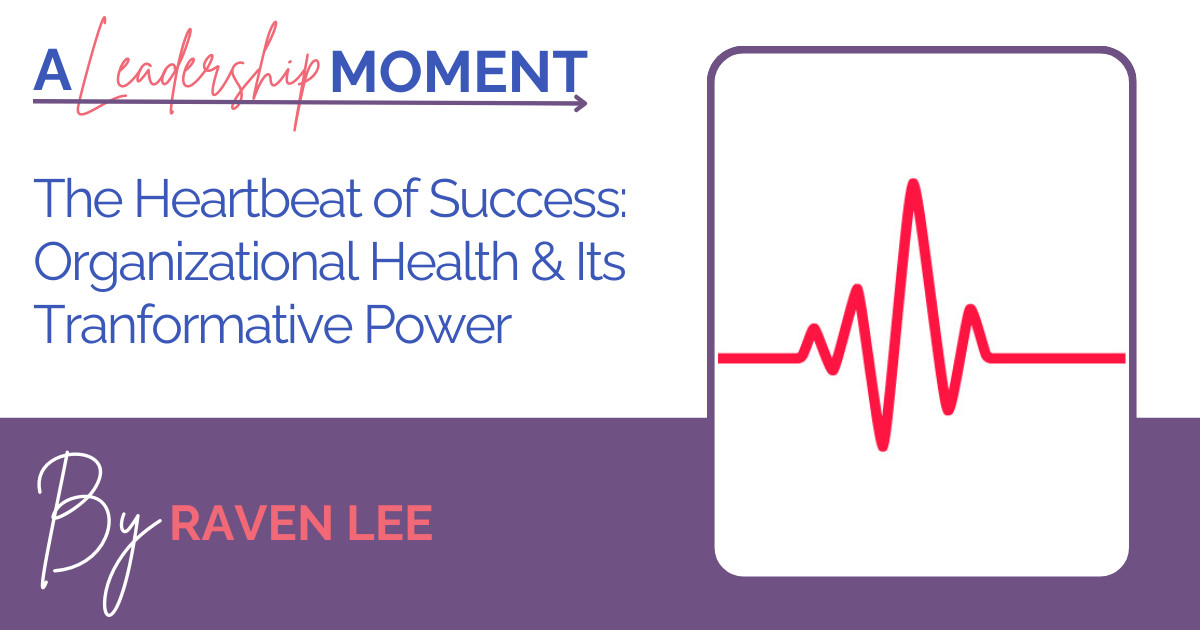
The term 'organizational health' is becoming more critical in today's business environment. For the team at Raven Lee Consulting, it goes beyond being a buzzword. It represents the core of a business’s ability to thrive, grow, and sustain itself over the long term. Understanding organizational health requires more than a passing glance; it involves looking deeply at the fundamental elements that drive performance, culture, and leadership.
What is Organizational Health?
Organizational health reflects an organization’s capacity to function effectively, adapt to change, and achieve long-term success. It requires a balanced approach that integrates strategic clarity with employee well-being. A healthy organization doesn’t just meet business metrics; it thrives through seamless operations, a motivated workforce, and a well-defined strategy.
Why is Organizational Health Important?
Organizational health is like the immune system of a company. Just as a strong immune system helps an individual stay healthy and active, a healthy organization can adapt to change, overcome challenges, and seize opportunities. Key benefits include:
- Sustainable Productivity: Healthy organizations drive performance through engaged and motivated employees.
- Talent Attraction and Retention: A thriving culture draws in top talent and keeps turnover low.
- Agility and Resilience: Healthy organizations are flexible and can adapt to change quickly without losing momentum.
- Innovation: A positive work environment fosters creativity and innovation.
- Improved Financial Performance: Higher productivity, retention, and innovation naturally lead to better financial outcomes.
The Four Pillars of Organizational Health
Raven Lee Consulting believes that a healthy organization is built upon four foundational pillars. These pillars help guide organizations toward lasting success and a flourishing workforce.
Strategic AlignmentA clear and aligned strategy is the North Star of organizational health. It ensures that every aspect of the organization—from operations to talent management—is moving in the same direction. When an organization is strategically aligned, its goals, mission, and actions are cohesive, and employees at all levels understand their role in driving the organization's success.Intentional LeadershipEffective leadership is at the core of a healthy organization. Intentional leaders make purposeful decisions that reflect both the organization’s values and its strategic objectives. This type of leadership fosters accountability, trust, and transparency, which empowers teams and reinforces a healthy organizational culture.Thriving CultureA healthy organization cultivates a culture where employees feel valued, engaged, and motivated. A thriving culture encourages open communication, inclusivity, and a continuous drive for personal and professional growth. Organizations that nurture a positive culture are not only more productive but also more resilient in the face of challenges.Talent + PerformanceAn engaged and high-performing workforce is the heartbeat of organizational health. Attracting, developing, and retaining top talent ensures that employees are in roles that align with their skills and the organization’s needs. Continuous development and clear performance expectations enable the organization to maximize its potential and drive sustainable growth.
Real-World Examples of Organizational Health
Let's bring these pillars to life with real-world examples:
- Southwest Airlines: In the competitive airline industry, Southwest’s leadership focuses on employee engagement and customer satisfaction, fostering a thriving culture and a well-aligned strategy. Their approach has led to a consistently positive brand image and sustained financial success.
- Salesforce: Known for its employee wellness programs and commitment to equality, Salesforce has built a culture of trust and innovation. This healthy culture has translated into strong employee loyalty, high customer satisfaction, and continuous growth in innovative solutions.
Diving Deeper into Organizational Health
While examples like Southwest Airlines and Salesforce showcase the surface attributes of organizational health, it’s essential to explore the deeper nuances that contribute to a truly healthy organization.
Leadership Effectiveness Revisited
Leadership in a healthy organization isn’t just about making decisions—it’s about fostering a shared vision and empowering teams to achieve their full potential. For instance, Satya Nadella’s leadership at Microsoft shifted the company’s culture towards openness, collaboration, and innovation, significantly boosting its market value.
Strategic Alignment with a Human Touch
A well-aligned strategy isn't just a high-level directive. It permeates every layer of the organization, ensuring that employees understand how their work contributes to broader goals. This alignment turns strategy into actionable steps that everyone can follow, creating a unified effort across the company.
The Ecosystem of Thriving Culture
A thriving organizational culture is like an ecosystem that adapts, grows, and flourishes. When employees feel supported and valued, they bring their best selves to work. Google’s culture of innovation and risk-taking demonstrates how a thriving culture can drive groundbreaking advancements and sustain leadership in the market.
Talent and Performance Empowerment
In a healthy organization, accountability isn’t about blame—it’s about empowerment. Employees are given the tools, autonomy, and clarity they need to take ownership of their roles. Netflix’s “Freedom and Responsibility” culture highlights how providing employees with autonomy leads to high levels of innovation and accountability.
Organizational health is more than a one-time initiative; it’s a dynamic and ongoing process that requires intentional effort and focus. By embracing the four pillars of Strategic Alignment, Intentional Leadership, Thriving Culture, and Talent + Performance, organizations can foster environments where employees thrive, innovation flourishes, and long-term success is achieved.


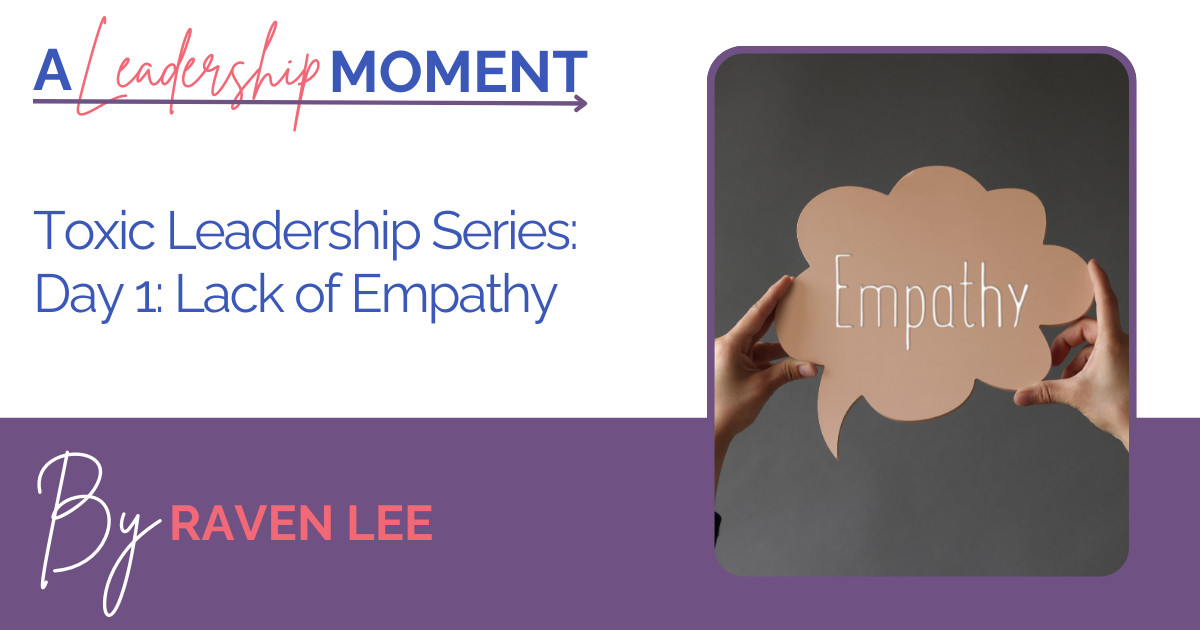
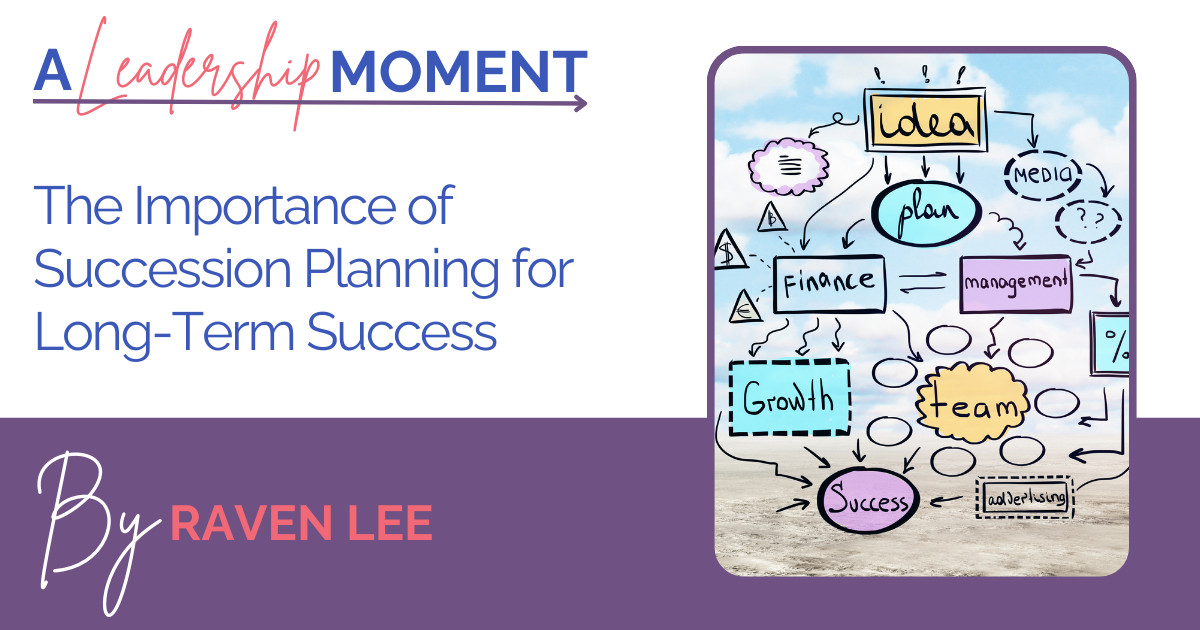

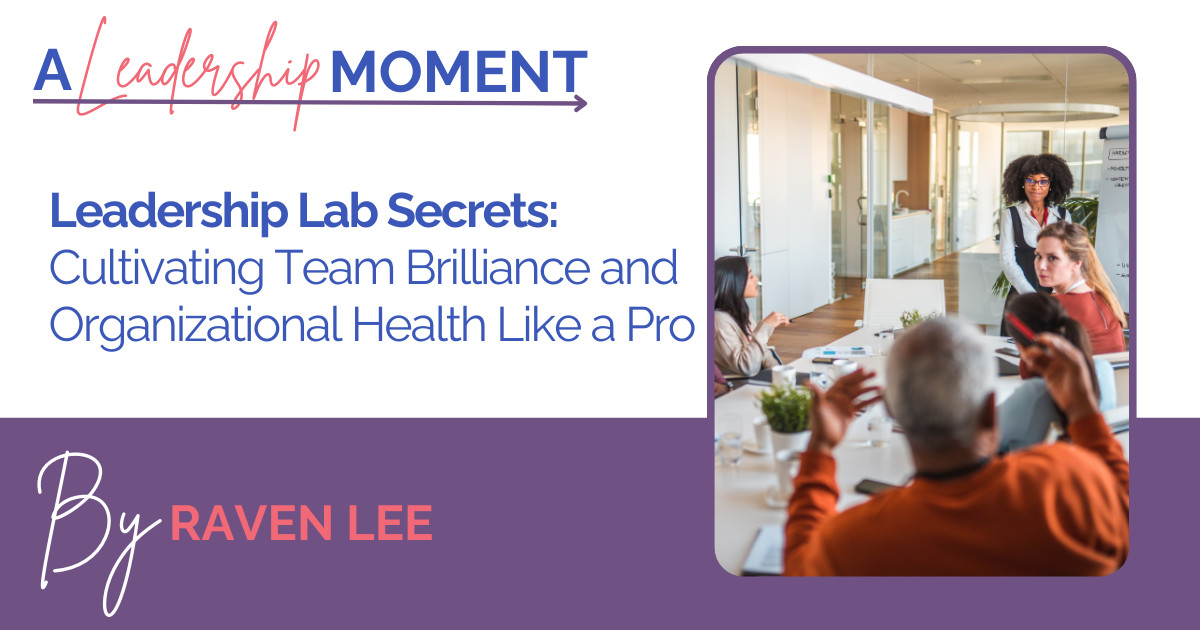




 I
I
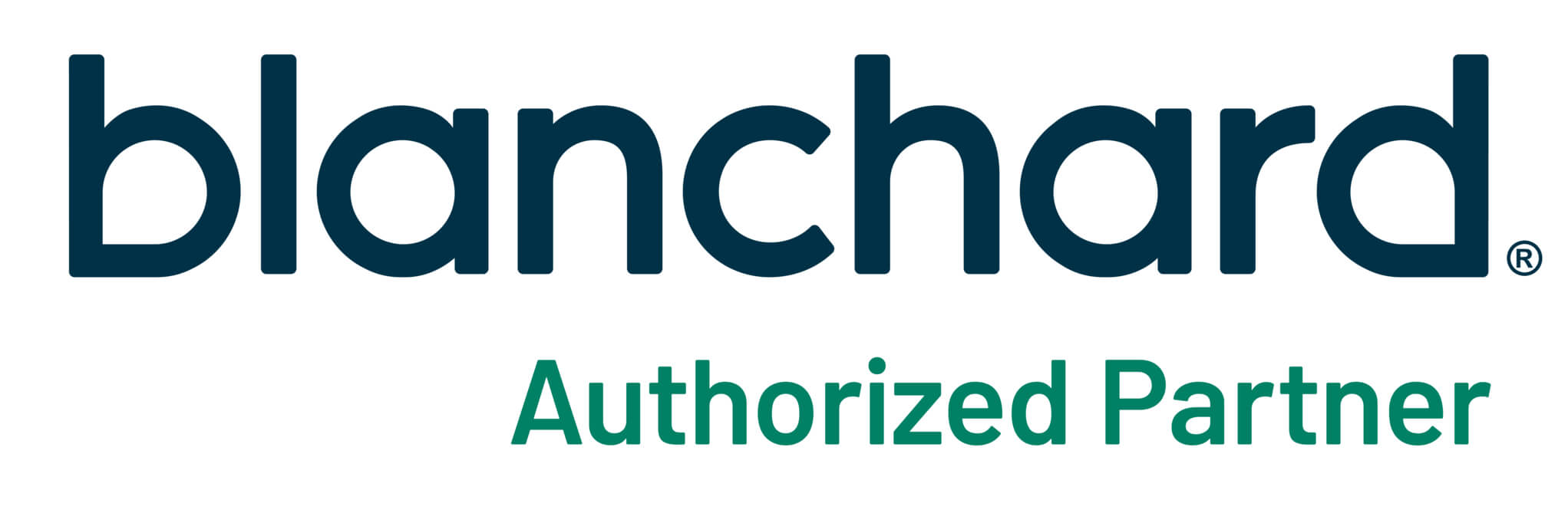
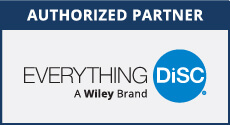
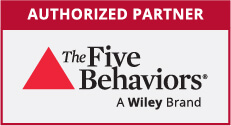






0 Comments